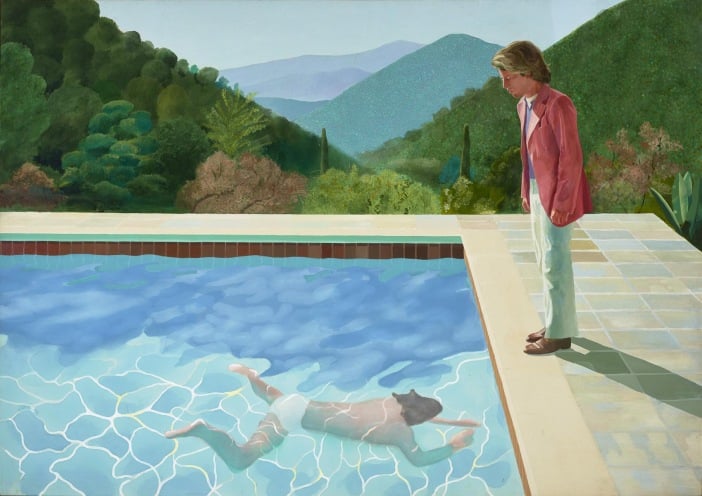Art World
British Arts Institutions Will Highlight Gay History in 2017
The new year marks the 50th anniversary of the decriminalization of male homosexuality in Britain.

The new year marks the 50th anniversary of the decriminalization of male homosexuality in Britain.

Amah-Rose Abrams

British institutions are marking the 50th anniversary of the 1967 Sexual Offences Act, which decriminalized gay relationships between men over 21, with events taking place across the UK at the British Museum, the Red House, the Walker in Liverpool, the Russell-Cotes museum and gallery, and more.
The 1967 act amended the law of England and Wales regarding homosexual activity, with Scotland following suit in 1980, and Northern Ireland in 1982.
On the 50th anniversary year, a British Museum exhibition will highlight the previously-hidden gay histories within its collection. Inspired by the book A Little Gay History (2013) by Richard Parkinson, the exhibition creates a treasure map of historic LGBTQ moments and objects in the museum.
“There are so many works here … it is hard to stop, I keep finding things. Hopefully we may be able to use them further down the line,” co-curator of the exhibition and head of interpretation at the museum Stuart Frost told the Guardian.
One such work is a coin featuring the Roman emperor Hadrian on one side, and his male lover Antinous on the reverse. Antinous, who would have been part of a harem of the emperor’s male, and perhaps female, lovers, drowned in the Nile river during a lion hunt, leaving the emperor distraught.
As a way of showing support to Hadrian, statues of Antinous were erected in some cities in Egypt, while others created commemorative coins featuring the pair.
“It was a way of local cities being able to express their allegiance and sympathies to the emperor,” Richard Abdy curator of Roman coins told the Guardian. “They were sucking up.”
Another, more recent, relationship highlighted through the UK-wide celebration is that of composer Benjamin Britten and singer Peter Pears. Britten wrote many works in tribute to Pears such as Canticle I, My beloved is mine (1947), and the all-male opera Billy Budd (1951). The relationship was considered a well-known secret, but even after the law was abolished the couple remained very private.
From February 1 to October 28, the exhibition “Queer Talk: Homosexuality in Britten’s Britain” will be on view at The Red House in Suffolk, where the couple and collaborators lived for part of their 39-year relationship.
Not least, marking the historic anniversary in a big way is the exhibition “Queer British Art 1861-1967,” which opens at Tate Britain in April. It will feature a full-length portrait of national treasure Oscar Wilde, who was famously imprisoned for his sexuality.